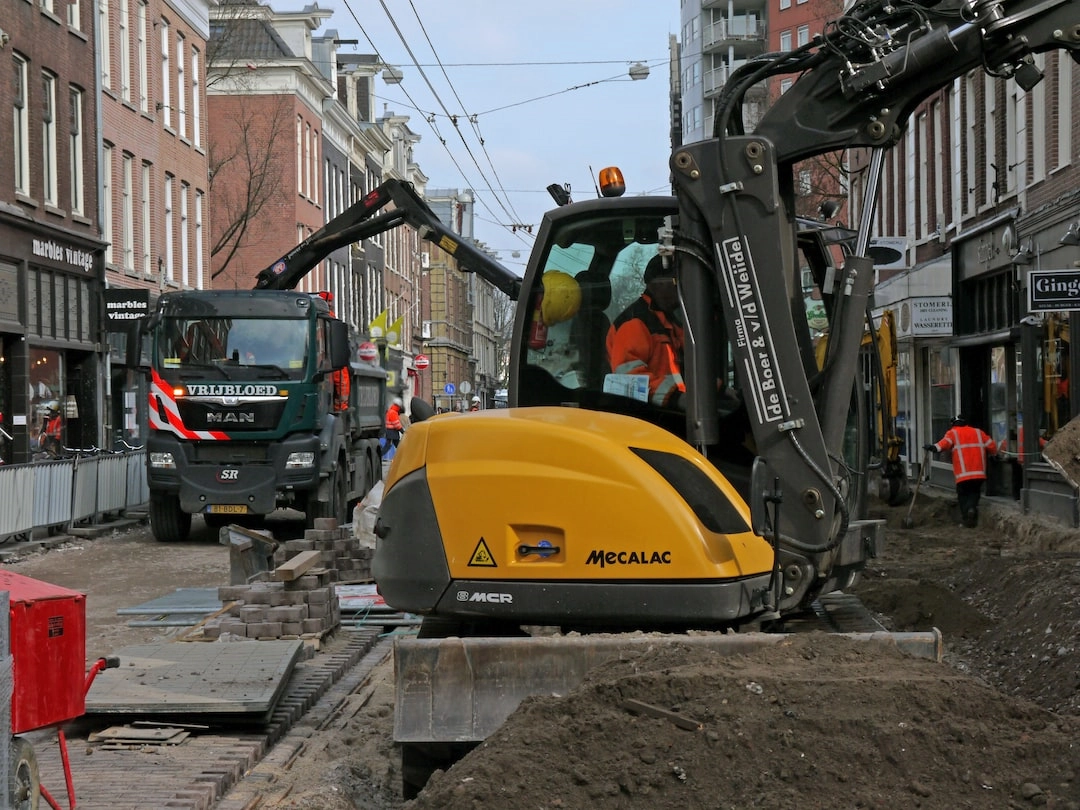
What it is:
Eco-Friendly Trends in Culinary Tools and Equipment
Real-World Problems:
The culinary industry has a significant impact on the environment due to the large amounts of waste generated and energy consumed. Traditional culinary tools and equipment often contribute to these environmental issues in various ways:
1. Single-Use Plastics:
Many culinary tools and equipment, such as plastic cutlery, straws, and packaging, are made from single-use plastics. These items contribute to plastic pollution, as they often end up in landfills or oceans, taking centuries to decompose. Their production also involves the extraction of fossil fuels and contributes to greenhouse gas emissions.
2. Energy Consumption:
The culinary industry relies heavily on energy-intensive equipment, including ovens, stoves, refrigerators, and ventilation systems. Constant use of these appliances results in high electricity consumption, contributing to carbon emissions and environmental degradation.
3. Food Waste:
The improper utilization of culinary tools and equipment can lead to significant food waste. Inefficient cooking appliances, improper storage equipment, or inadequate portioning tools can result in surplus food that eventually ends up in landfills, emitting greenhouse gases as it decomposes.
4. Chemical Pollution:
Certain culinary tools and equipment, such as non-stick pans and plastic utensils, may contain harmful chemicals like per- and polyfluoroalkyl substances (PFAS) and phthalates. These chemicals can leach into food and pose health risks to both consumers and the environment.
Addressing these real-world problems requires a shift towards eco-friendly trends in culinary tools and equipment. By adopting sustainable alternatives, the culinary industry can significantly reduce its environmental footprint and contribute to a more sustainable future.

Solutions to Eco-Friendly Culinary Tools and Equipment:
Addressing the environmental problems associated with culinary tools and equipment requires the adoption of sustainable alternatives and practices:
1. Sustainable Materials:
By opting for culinary tools and equipment made from sustainable materials such as bamboo, stainless steel, or glass, the use of single-use plastics can be minimized. These materials are durable, reusable, and biodegradable, reducing waste and promoting a circular economy.
2. Energy-Efficient Appliances:
Choosing energy-efficient appliances, labeled with ENERGY STAR or other certifications, can significantly reduce electricity consumption in the culinary industry. Upgrading to efficient refrigerators, induction cooktops, and convection ovens can help save energy and lower greenhouse gas emissions.
3. Proper Food Handling and Storage:
Educating culinary professionals about proper food handling, storage techniques, and portion control can minimize food waste. The use of vacuum sealers, airtight containers, and commercial food waste tracking systems can help preserve food freshness and reduce spoilage.
4. Non-Toxic and Eco-Friendly Cookware:
Choosing non-toxic and eco-friendly cookware options, such as cast iron or ceramic pans, can eliminate the release of harmful chemicals into the environment. These alternatives are free from PFAS and phthalates, ensuring safer cooking practices for both consumers and the planet.
By implementing these solutions, the culinary industry can successfully mitigate its environmental impact and contribute to a more sustainable and eco-friendly future.















